Adam Salamon
COO and Co-Founder of Perk.com
Only 2% of app users will ever make an in-app purchase. So for most developers, in-app advertising is a monetization must. In-app advertising lets you monetize the other 98% of users who will never make a purchase. The question isn’t whether you should integrate ads into your app; it’s which type of mobile advertising best fits your app?
I often hear from developers who are very concerned with putting ads in their apps due to the fear of degrading user experience. But if in-app advertising is done right, revenue will increase without significantly impacting churn.
So how do you determine the optimal ad unit? There are a number of different ad types you can choose. The common units today are banners, interstitials, video, and rich media. Each type has its pros and cons.
Here’s a quick view of how it all breaks out, followed by an in-depth analysis of each kind:
Mobile Banner Ads
Banner ads are rectangular units that typically sit at the top or bottom of the display screen on your app. They’re great for fill (there’s almost always supply!) but have lower CPMs than other ad units.
Pros:
- Best fill rates
- Uses minimal mobile data
- Can monetize every second of app use
- Minimal user disruption
Cons:
- Low revenue potential
- Reduce app display real estate
- Minimal impact, especially during gameplay
- Low quality creative
Interstitial Ads
This ad unit takes up the full display area of an app until the user engages or closes it out. Decent for fill and revenue potential, interstitials fit in the middle of the road for mobile ads.
Pros:
- Good fill rates
- Can be made opt-in
- Higher CPMs than banner ads . . .
Cons:
- . . . But lower CPMs than video or rich media ads
- Can disrupt user experience if implemented poorly (too frequently, without rewards, in places that disrupt the flow of app use, etc.)
Mobile Video Ads
This is a short video ad that plays within your app. Video ads are the up-and-comers. They’re all the rage with advertisers, with spending expected to reach $6.9 billion by 2019. Pre-caching and faster cellular data speeds are reducing load times for users.
Pros:
- High revenue potential
- Can be made opt-in
- Expect to see even more fill in the future, due to video’s increasing popularity with brand advertisers
Cons:
- User data strain is not viable in places with limited wifi or slower cellular data speeds
- Can disrupt user experience if implemented poorly (too frequently, without opt-in and rewards, in places that disrupt the flow of app use, etc.)
Rich Media and Interactive Ads
If you’ve ever come across a mobile ad that included a short playable demo of a game, you’ve seen a rich media ad. Rich media ads add a layer of interactivity using HTML5 or Javascript. This new format has a lot of potential!
Pros:
- High revenue potential
- Interactivity creates a more engaging user experience
- Can be made opt-in
- Full control of where they appear in your app
- Increasing in popularity for advertisers
Cons:
- Very limited fill
- User data strain is not viable in places with limited wifi or slower cellular data speeds
- Can disrupt user experience if implemented incorrectly (too frequently, without opt-in and rewards, in places that disrupt the flow of app use, etc.)
Here’s one big trend to note: the gap between advertiser spending on banners and interstitials vs. video and rich media is narrowing. Fill rates for video and rich media ads will catch up to fill rates of banners and interstitials.
So which mobile ad type is the best? It varies from app to app, but these guidelines apply across the board: keep UX in mind, make ads opt-in, and use rewards to sweeten the deal. It’s all about the fact that 84% of smartphone owners say viewing an ad in exchange for a reward is acceptable. If you balance the pros and cons of each ad type with the flow of your app, careful planning for monetization will make you successful.




